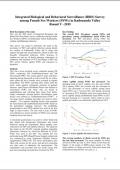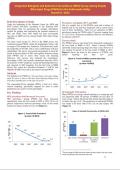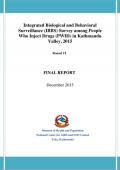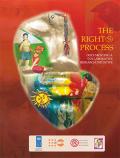Publications on Key Populations

Resource | Publications,
The 13th round of HSS was implemented during 2012-13 at 750 antenatal clinics (ANC) surveillance sites, covering 556 districts across 34 states and union territories (UTs) in the country. The methodology adopted during the HSS was consecutive sampling with unlinked anonymous testing.
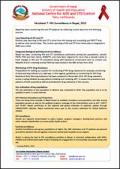
Resource | Fact Sheets,
Nepal has been conducting HIV and STI surveillance particularly among key populations, namely: PWID, FSW and their clients, MSM/TG, and male labor migrants for more than a decade mainly to track changes in HIV and STI prevalence along with behavioral components such as condom use. Hepatitis-B and C screening among PWID has been started in the IBBS surveys from 2015.
The size estimation of key population in districts was conducted in 2010. The population size is to be updated in every 2-3 years interval.
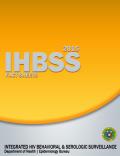
Resource | Fact Sheets,
Compilation of the data on the 2015 Integrated HIV Behavioral and Serologic Surveillance among males/transgenders who have sex with males (M/TSM), freelance female sex workers (FFSW), male entertainment establishment workers (MEW), transgender women (TGW), injecting drug users (IDU) male and female in different locations.
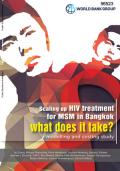
Resource | Publications,
The HIV epidemic amongst men who have sex with men (MSM) in Bangkok is substantial. The population size of MSM in Bangkok is 120,000-250,000, with approximately one-third (33.5 percent) considered high-risk, characterized by their young age, multiple partnerships, frequent unprotected anal intercourse, and sexual activities around MSM hotspots.






